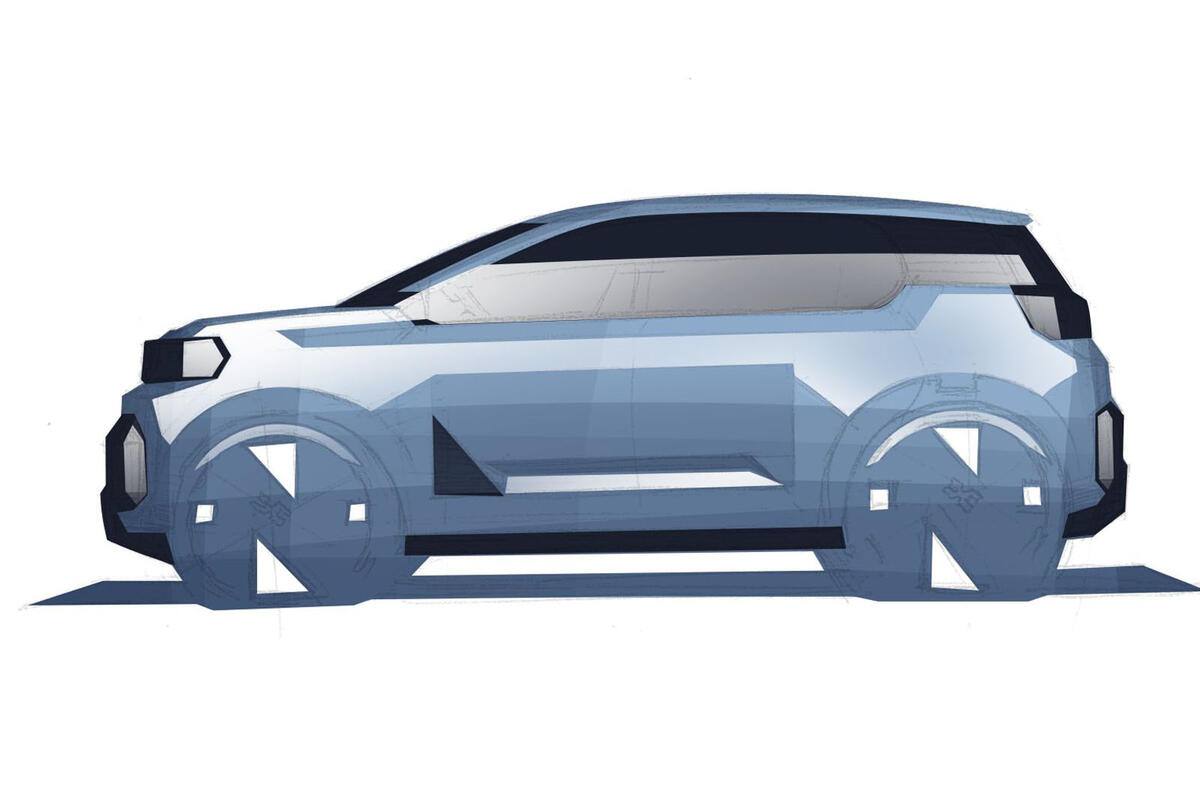Dacia has begun development of a new electric city car for Europe, Renault Group CEO Luca de Meo has confirmed.
Closely related to the upcoming Renault Twingo, it is being designed as a successor to the Dacia Spring, but unlike that car – which is imported from China – it will be built in Europe.
"We're preparing to go one step further in terms of EV affordability," said de Meo, revealing that the new model is planned to be priced from less than €18,000 (£15,000). Building the car in a European factory will mean it avoids the import tariffs imposed on today's Chinese model, thus boosting profitability.
He also said it will be ready for market in just 16 months' time. "I defy any competitor in the world to do that," he added.
While the new car is set to match the current Spring on pricing, however, it is likely to make substantial gains in performance, technology and capability.
The current Spring is based on the China-market Renault City K-ZE, which was launched in 2019 on the Renault Group's CMF-A platform for emerging markets. The new car, meanwhile, is being developed in parallel with the Twingo and is set to share that car's Ampr Small platform - a version of the architecture that also underpins the larger Renault 4 and 5.
Its rapid 16-month gestation process will make it the fastest-developed Renault Group model yet - a product of the company's new Leap 100 initiative, which targets a 100-week development window for all new cars.
"We've moved to China speed," said de Meo, hailing the success of the company's partnership with a Chinese R&D consultancy on the Twingo programme.
It will also benefit from a dramatic reduction in production costs across the Renault Group; de Meo said the Twingo will cost 40% less to build than the Renault 5, in part because it uses some 30% fewer components - the entire car being formed of just 750 parts.
Dacia's smallest car yet will form part of a significant broadening of the Romanian marque's portfolio, following soon after the launch of its largest model – the Bigster SUV – and a pair of other C-segment models due in the next two years.
According to de Meo's target timeframes, it should be launched around the middle of 2026, roughly a year before Dacia is set to introduce the new third-generation Sandero - which will be offered as an EV for the first time.









Join the debate
Add your comment
Renault-Dacia, best performing legacy maker in Europe. 2024 yielded HIGHEST revenue, profit and margin in its 127 years of existence. Dacia Sandero 2024 Europe's #1, sis Clio #2. Pipeline of both brands, in particular PHEV and BEV, promising. Smart thinking at Dacia to test the (electrification) waters with the Spring, but up until now keeping a low profile in order not to get 'burned' (see VW). Speaking of which: Renault found a (patented) way to mitigate to damage should a batterypack burn.
Then why does it take VW six years?
Assuming that the platform for an electric Twingo is already at an advanced stage, the Dacia version already has a head start. So 18 months should be enough time to design and develop a few bespoke body and trim parts and delete any expensive and perhaps unnecessary electronic aids. Given the tight margins with small cars I don't think it would make commercial sense for the Renault and Dacia versions to be too different. Either way the fact that we may have a choice is cause for celebration.
Strange isn't it, one minute it's all 35k THBs the next day it's all sub 20k small cars.
About time, too!